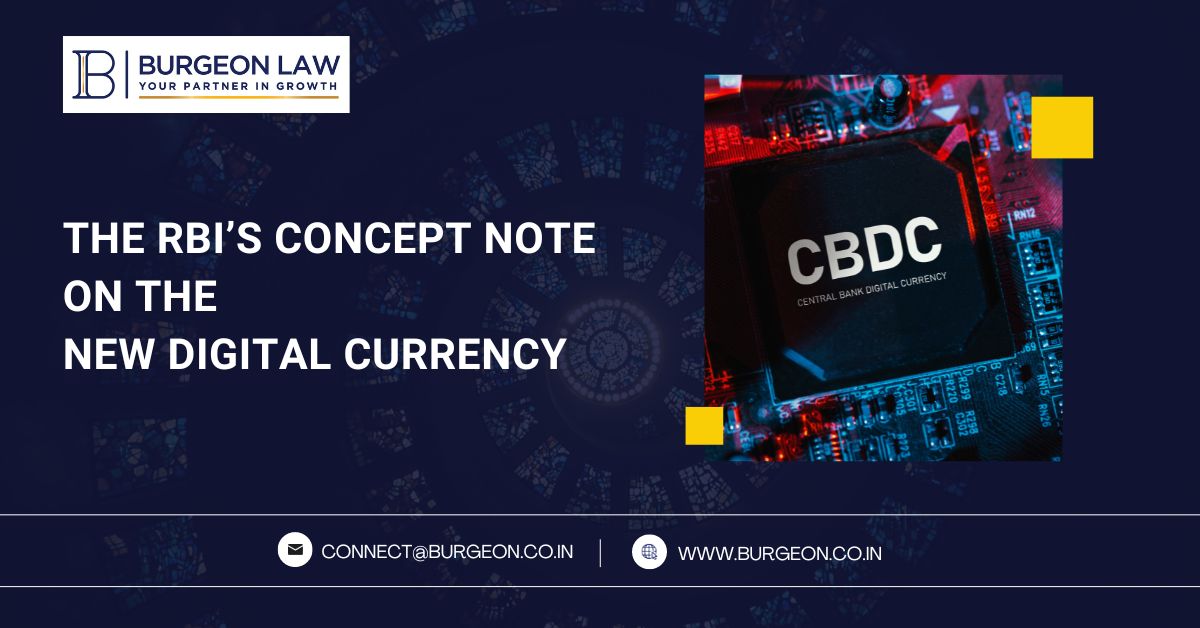Monetary Policy of Reserve Bank of India
The Reserve Bank of India (“𝐑𝐁𝐈”) on October 07, 2022 released a concept note on the pilot project of Central Bank of Digital Currency (“𝐂𝐁𝐃𝐂”) which will be referred to as e₹. CBDC is similar to sovereign fiat currency (“𝐁𝐚𝐧𝐤 𝐍𝐨𝐭𝐞𝐬”), is exchangeable at par with the existing currency, and shall be accepted as a medium of payment, fungible legal tender, and a safe store of value. It is to be noted that unlike Bank Notes, the CBDC can only be digitally transacted. This note come in furtherance of the Government of India’s announcement of the launch of a new digital currency in the union budget placed in the parliament on February 01, 2022.
The ideation behind the same is tied to the fact that there is thus a unique scenario of increasing proliferation of digital payments in the country over the past decade. Widespread incorporation and adoption of digital payment options both at the merchant and end user level. That being said, given the propensity of persons that still ustilise cash especially for small value transactions, the CBDC or the e₹ presents a nifty alternative while retaining the essential benefits of fiat currency. One of the main features of cash that allows for its continued usage is the anonymity that it provides. To that end CBDC provides the same ease of access along with the anonymity that cash provides.
The aforementioned concept note outlines certain key motivations for exploring the issuance of CBDC in India which include but are not limited to a possible reduction in operational costs that have been involved in physical cash management, fostering financial inclusion, bringing resilience, competition, efficiency, and innovation in the payments system, adding efficiency to the settlement system, boosting innovation in cross-border payments, etc. Additionally, the concept note has laid emphasis on the advantages that the CBDC provides to the e-commerce ecosystem. Given that the CBDC intends to serve as an additional, easily accessible and more secure payment option to the public, more online empowered businesses can take advantage of the economies of scale. It is to be noted that CBDC has differentiated itself from cryptocurrencies in that they need not be traded or mined in order to be acquired.
Although the scope of usage of CBDC is yet to be seen, its slow integration through pilot programmes that the RBI intends to undertake will provide us with a better idea of its use cases. Furthermore, it shall provide us with better insights into the security risks and the technological infrastructure that is required in order to effectively manage CBDC. Lastly, there is much to be seen regarding the legal framework that will surround the issuance, validity and transferability of CBDC in the near future.

